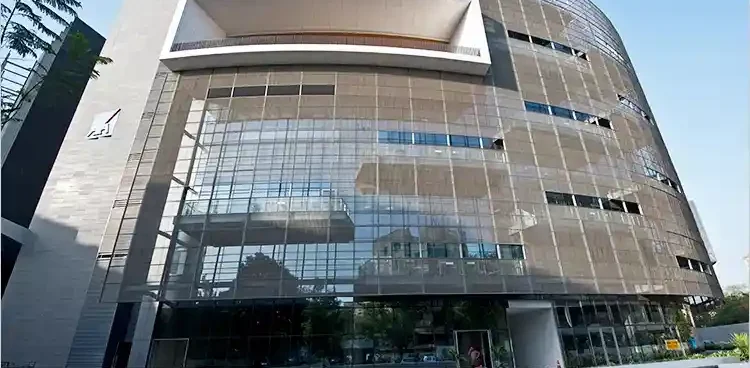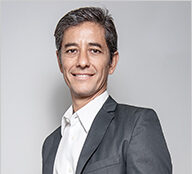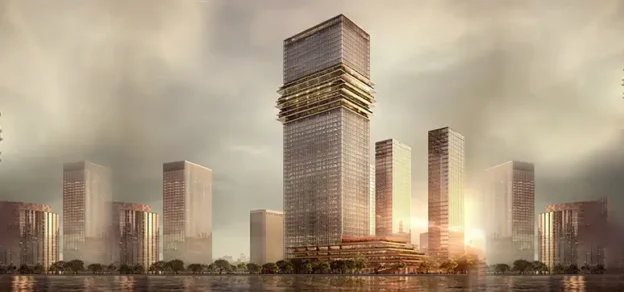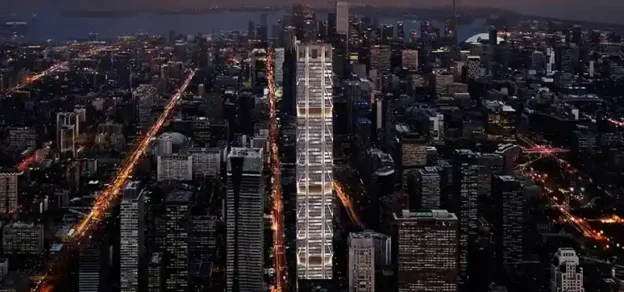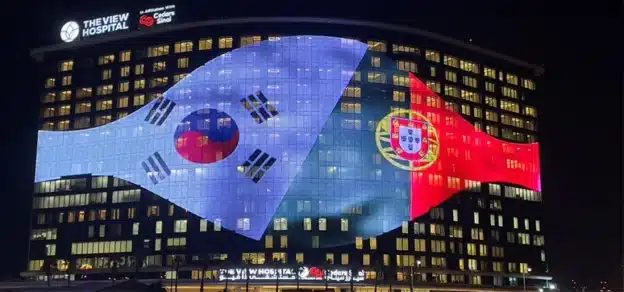In a world where nine to five, monotony, drudgery and boredom reside in the same cubicle, comes a revolution to the workplace. One that is innovative in design, imagination and size. It goes by the name of Marvel Edge located at Viman Nagar, the heart of Pune. This state-of-the-art infrastructure is a testament to modern and distinctive commercial structures.Spread over one million square feet, Marvel Edge boasts of environmentally sustainable designs, with a profusion of greenery, luxury, quality and technology.
Amenities like maximized natural lighting, breakout spaces, inclusiveness of complex and advanced security systems are part and parcel of the experience sunscreening. The building has a three-layered façade consisting of a double-glazed curtain wall, private terraces and sun screening.
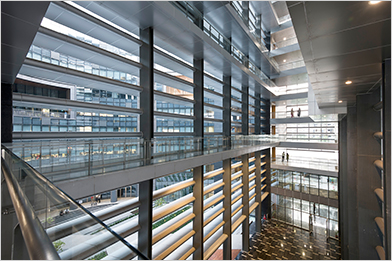
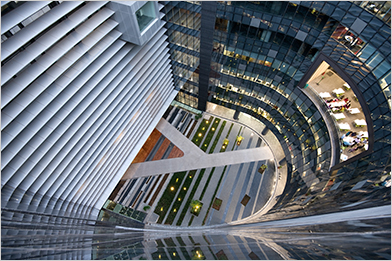
Intelligent Design
Divided into 4 wings, Marvel Edge is a combination of graceful lines, dramatic spaces, exceptional architecture with intelligent planning and maximum flexibility. The 4 cores have been constructed in such a manner that they provide the widest range of tenancy opportunities. A tenant can occupy a maximum of 1lakh sq ft both vertically as well as horizontally. What’s more each floor has 3 elevators, a service elevator and washrooms shared by 3 or 4 offices. Two galleries, intersecting the building, overlook the internal courtyard. Several meeting pods are also contained within the two structures.
Integrated Sustainability
Marvel Edge has been pre-certified LEED Platinum. From the outset ecological strategies have been set to achieve the highest industry benchmarks. Physical greening take a more than decorative role in the design. A large natural park has been retained and made publicly accessible. Extensive landscaping marks the ground plane and large multi-storey sky gardens penetrate the building façade. The roof level has been reduced to 50 per cent of the footprint – the remainder given over to roof terraces, pools and extensive landscaping.
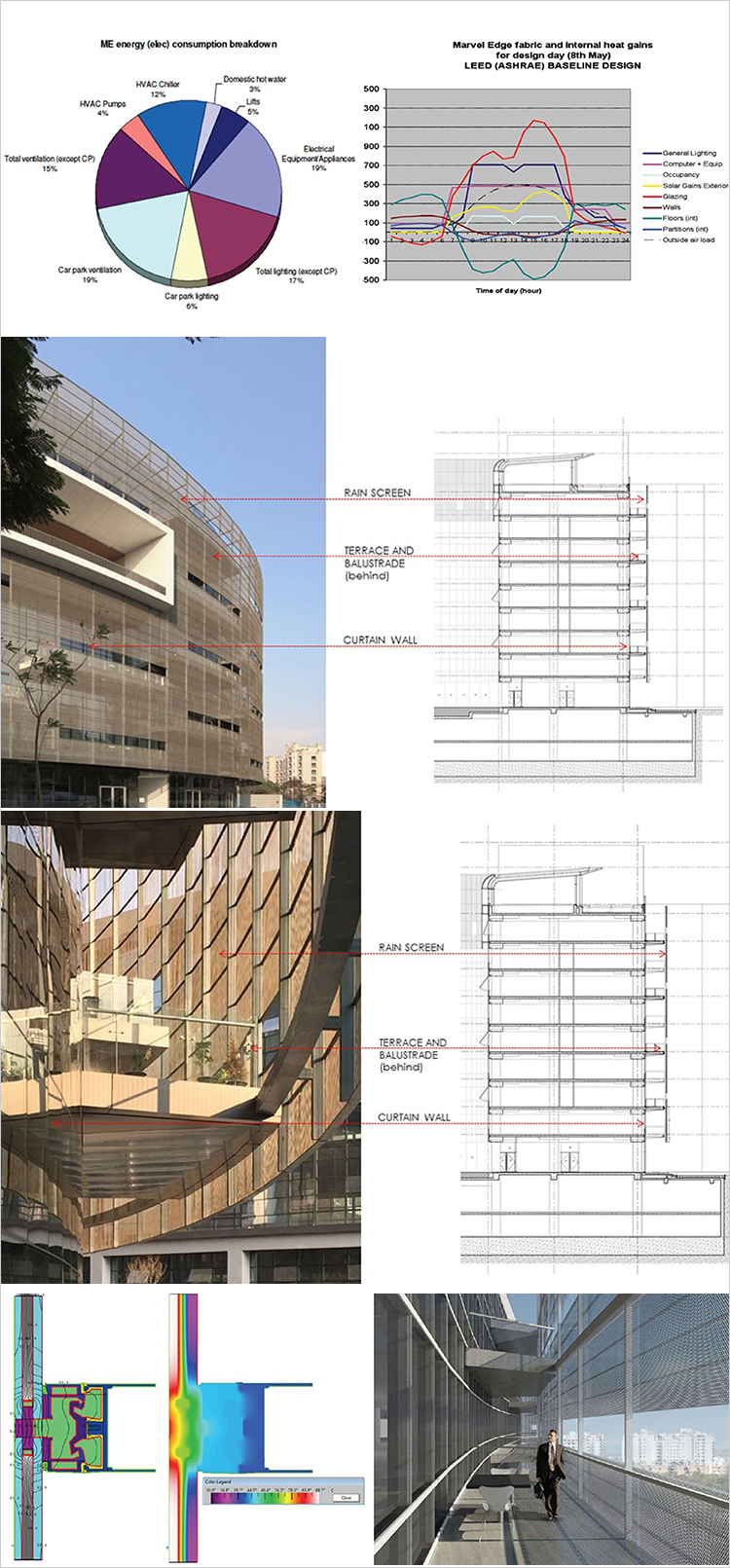
The two galleries are naturally ventilated spaces extending from the ground floor lobby, up 40m, to the top floor at roof level. Large 1.2m deep louvers control natural lighting and keep out the monsoon rains when they occur. Bridge links connect the four cores of each gallery, incorporating suspended meeting pods for the benefit of the tenants.

The main building façade was carefully engineered by the architects, HB Design, in conjunction with an experienced team of environmental engineers from Mein hardt in Melbourne. The design evolved into a layered façade with 3 different environmental zones. The main thermal envelope of the building is a unitized, double-glazed curtain wall. This system also features a low-E coating on the inside of the outermost glass pane. The glass has been deliberately kept as clear as possible in order not to distort the natural lighting coming in.
The second environmental zone are a series of double-height terraces giving most of the offices the unusual opportunity to step outside of the air-conditioned office. These terraces, beyond providing a valuable asset to the tenants, also provides critical shading from the high sun, reducing heat gain through insolation.
The final layer is a solar screen suspended in front of all office spaces. This layer further reduces insolation by screening out 40 per cent of all light and also reduces the glare factor, making computer screen working possible with minimal need for the usual roller-blinds dropped inside the office.
The design of this screen wall went through many iterations, guided at times by performance issues and, at other times, by value engineering. The final solution was as elegant as it was cost effective. The most important factor to keeping costs down was to limit the amount of metal required to create the screen. This was done in two stages. The first was to increase the utility of the metal sheet by expanding it rather than punching out the 60 per cent free area, which results in a 4-fold increase in material efficiency. The second stage was to corrugate the metal sheets, which allowed them to be reduced from approximately 1.5mm to 0.8mm, another 2-fold increase of efficiency.
The Shape of the Future
Marvel Edge promises to not only become a landmark in Pune, but also be one of the few landmarks that are recognized because of its environment friendly and cost effective design. Because once you take the seamlessness in design and the minimized ecological footprint into consideration, there exists a natural hideaway in the most perfect corporate destination. You might Fig.5: Meeting Pods in gallery call it trendsetting or futuristic.

Quick Facts
Project: Marvel Edge
Location: Pune, India
Client: Marvel Realtors
Architect: HB Design Pvt Ltd
Other Consultants:
Structural Design: Design Werkz Engineering Pvt Ltd
Landscape Design: Shma Co., Ltd
Façade Consultant: Meinhardt Façade Technology India Pvt Ltd
Interior Design: Creative Affairs
Lighting Design: Matteo Messervy Co., Ltd
Local Architect: DSP Design Associates Pvt Ltd / Marvel Design
Main Con: Marvel Realtors
M&E: Neilsoft Ltd / Marvel MEP
QS: Marvel SCM
Materials:
- Reinforced concrete structure
- Unitized double glazed curtain wall (low-E)
- Galvanised mild steel secondary support structure
- Zinc-titanium rain screen (expanded & corrugated with 60% free area)
Commencement Date: 2011
Completion Date: Phase 1 in 2015 (successive Phases over the succeeding 2 years)
Area: approximately 100, 000 Sq m GFA (including below grade parking areas)
